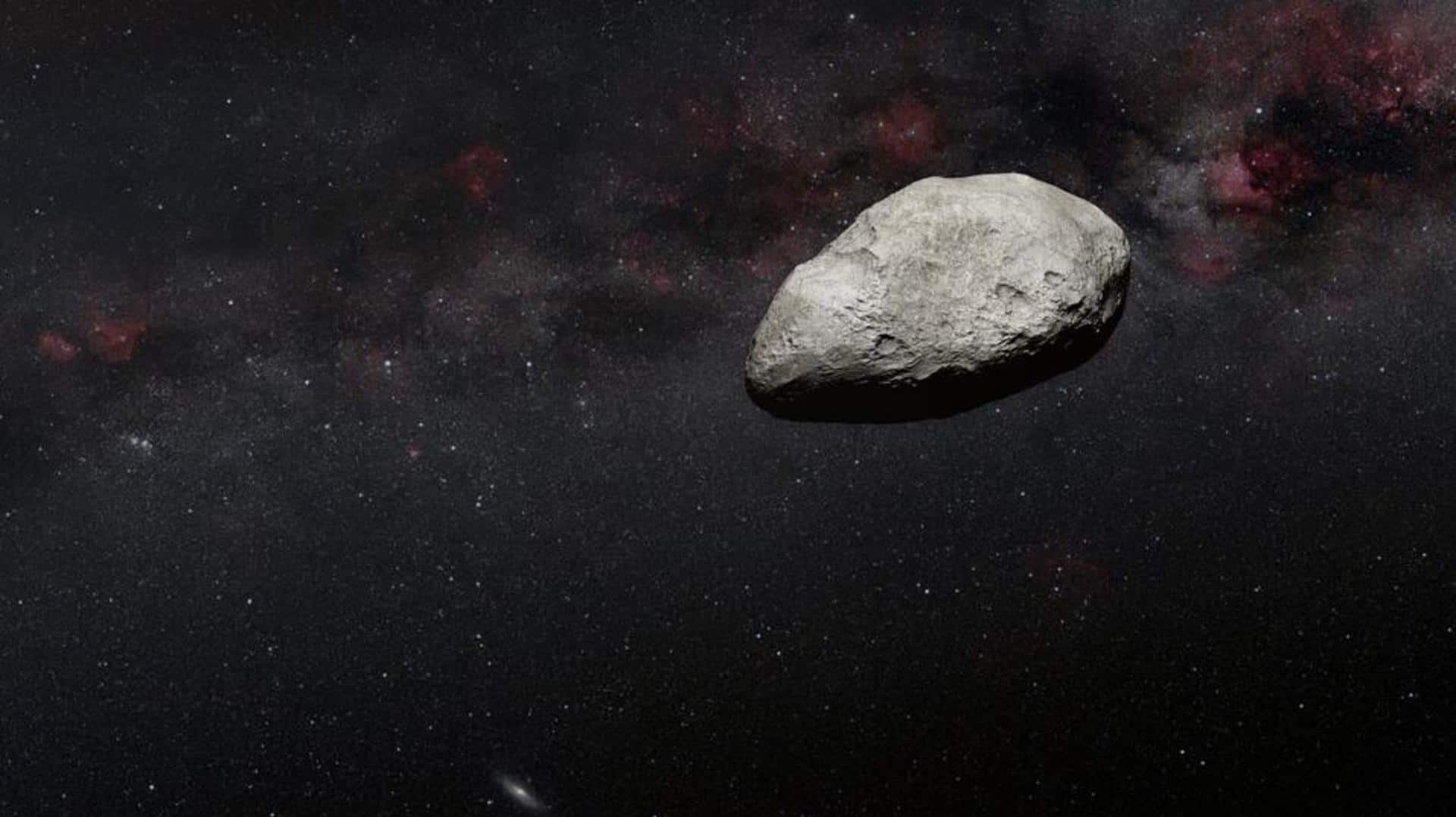
NASA's James Webb telescope "serendipitously" spots extremely small main-belt asteroid
What's the story
Using the James Webb Space Telescope (JWST), an international team of European astronomers has spotted an asteroid in the main belt between Mars and Jupiter.
The asteroid, which is about the size of Rome's Colosseum measuring between 300 to 650 feet in length, is likely to be the smallest object to be detected by the space telescope, as per NASA.
Context
Why does this story matter?
The main asteroid belt is a doughnut-shaped region that contains the majority of the solar system's asteroids. It lies roughly between the orbits of Mars and Jupiter. The asteroid was spotted by Webb purely by chance.
However, the latest observation from the telescope suggests that it will also be able to "serendipitously contribute to the detection of new asteroids."
Discovery
The discovery was based on data from Webb's in-house instrument
The asteroid was discovered from the data used in the calibration of Webb's onboard Mid-InfraRed Instrument (MIRI).
According to the space agency, the asteroid could be an example of an object measuring under one kilometer in length within the main asteroid belt located between Mars and Jupiter.
Further studies are required to better characterize the nature and properties of the asteroid.
Official words
"Many new objects will be detected with this instrument"
"We — completely unexpectedly — detected a small asteroid in publicly available MIRI calibration observations," said Thomas Müller, an astronomer at the Max Planck Institute for Extraterrestrial Physics in Germany.
"The measurements are some of the first MIRI measurements targeting the ecliptic plane and our work suggests that many new objects will be detected with this instrument," he added.
Calibration data
Small asteroids have been studied in lesser detail
The team believes that the recently spotted asteroid is also "one of the smallest detected in the main belt."
Webb's observation, if confirmed as a new asteroid discovery, could improve our understanding of the formation and evolution of the solar system.
But, small asteroids have been studied in less detail, when compared to their larger counterparts, owing to the difficulty of observing these objects.
Twitter Post
The asteroid is likely the smallest object Webb has spotted
Teeny tiny photobomb! 📸
— NASA Webb Telescope (@NASAWebb) February 6, 2023
Scientists found a surprise while looking through test data from Webb’s MIRI instrument. Webb serendipitously captured an asteroid (illustrated here) just 100-200 meters in length — likely its smallest object seen yet: https://t.co/3wuGJXhQpP pic.twitter.com/JoBJE19lud
Conclusion
The observation was possible owing to Webb's incredible sensitivity
"Our detection lies in the main asteroid belt, but Webb's incredible sensitivity made it possible to see this roughly 100-meter object at a distance of more than 100 million kilometers," said Müller.
In order to confirm that the detected space object is a newly discovered asteroid or a previously known one, more position data relative to background stars would be required from follow-up studies.